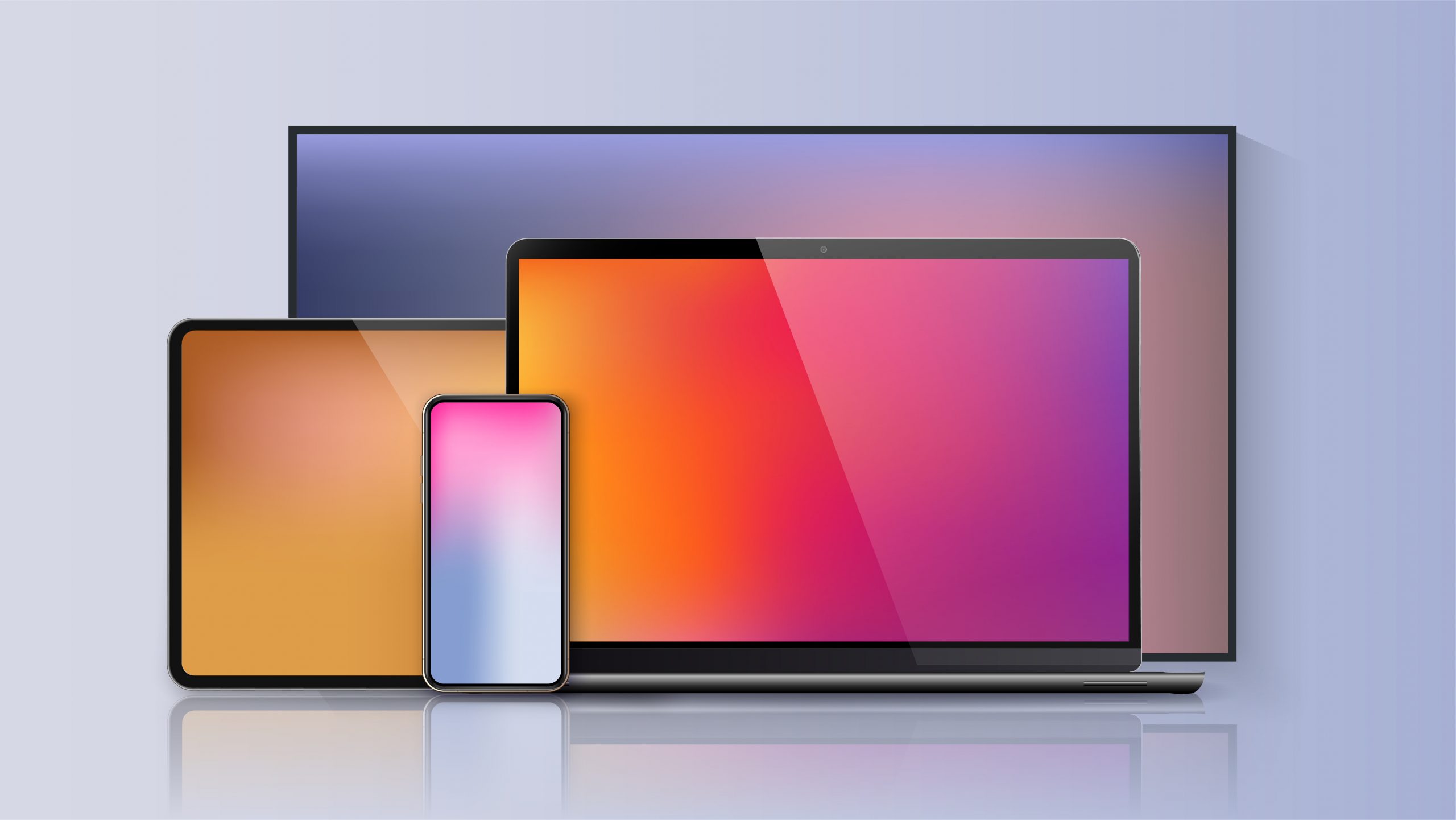Continuous User Experience With Video Streaming Across Mobile Devices
Mobile accessibility, be it with smartphones, tablets or any other smart devices, is going from strength to strength. Online accessibility via mobile devices is getting faster, more diverse and, importantly, more reliable. In a matter of just a few years, people are now able to access content on the go and on demand. And as the technology improves, so too does the demand for streaming services, including the streaming of data-intensive videos.
The key words are indeed ‘on the go’ and ‘on demand,’ as this short article will reveal, as we explore how content streaming across mobile devices is marching onward and upward, particularly video streaming.
The Ideal Continuous User Experience
In the era of smart technology, continuous user experiences have to be exactly that – continuous. The key words are synchronicity and homogeneity. Synchronization (‘syncing’) should occur between different devices, i.e. irrespective of the platform or device being used at a given time, whilst the approach should be homogeneous at all times, allowing for back-and-forth viewing of the same video or listening to a podcast, for example.
This synchronized and homogeneous experience across devices should include important features such as “download to go” on any number of different streaming media players such as Google Chromecast, and apps for Playstation 5 and Xbox, and so forth. Syncing for multiple devices can be done on a cloud-based server, such as Samsung Cloud, or where data needs to be portable across different platforms.
Low Latency Is King
Viewer expectations may be increasing regarding video streaming via mobile devices, but frustrations with the technology continue too, unfortunately. Studies have found that users have extremely low tolerance levels of bad streams, with an average toleration of just 90 seconds for a poor, unreliable stream. This shouldn’t be surprising, given that the average attention span of people has decreased from 12 seconds to just eight – less than even a goldfish!
It’s very simple: minimizing latency is essential if continuous user experience is to be truly continuous.
A 2019 survey of 391 broadcasters worldwide, in media tech companies involved in sports and live event transmissions, to radio and gaming, found that online streaming continued to lag behind televised broadcasts in terms of perception of quality and customer satisfaction. The leading factor for those perceptions? Latency rates.
The report found that over-the-top (OTT) media content had until then delivered content with far more latency than cable and satellite broadcasts. However, that was set to change in 2020 and going forward, with new technologies like Apple’s Low-Latency HLS, as well as low-latency CMAF for DASH (referred to as HTTP Low Latency) would mean that latency rates for video streaming should improve dramatically. 5G will also assist greatly in reducing latency rates for video streaming, as we discussed in our article here.
One thing was certain: sacrificing video quality for low latency simply wasn’t considered a viable option amongst those surveyed.
Other Challenges to Video Streaming
Allied to latency is the issue of buffering, which can also seriously hamper the continuous user experience for video streaming. Buffering ratios, which is the proportion of time spent reloading video content relative to the overall playback duration, can be an immense headache for streaming platforms; just two rebuffering events can result in abandonment of streams by users.
Exit Before Video Starts (EBVS) is a common hindrance to the continuous user experience for streaming. If the ‘join’ time to view a video takes too long, most users will just abandon the stream. Interestingly, this is even more pronounced amongst video on demand (VOD) viewers compared to those viewing live events: those leaving VOD content because of EBVS is 135% higher than those who do so for live content. This could be due to the fact that VOD is perceived as being ‘easily viewed later,’ whereas live streams are ‘in the moment’ events. Nevertheless, a VOD viewer lost now may be one lost forever – at least for that stream.
Important Factors For Improved Mobile Video Streaming
Storage and delivery of streaming content can be complex and challenging – and expensive. Pre-converting video or delivering multiple streams from an encoder is always an option for any video stream. However, for video publishers this can mean additional storage costs for storage and can complicate the publishing process.
However, not every video producer has these financial and logistical resources, which is why alternative storage and delivery options are being increasingly used, including cloud storage and third-party providers specializing in high-quality streaming content. These alternatives open the market to more video streaming distributors, which in turn means that more viewers are able to view more streaming content across more platforms and video distribution points.
Users increasingly watch video streams from a variety of different mobile devices, which is why a stream’s success increasingly hinges on whether multi-device support is available. This explains the excitement regarding the release in early 2020 of Bluetooth’s new standard that supports streaming to multiple devices.
Worth stressing is that not all mobile devices support all video formats. Different devices continue to require a myriad of different formats and thus different ‘versions’ of content. Furthermore, some websites host videos that cannot be streamed on certain devices, or have media that require licenses, Adobe Flash or other specific video players that are not supported.This can be frustrating for users and is another reason why some users desist from accessing certain streams, especially those users who are intimidated by words such as ‘encoder’ and ‘device compatibility’. Once again, cloud hosting services are providing distributors with options whereby content conversion on the fly is possible without the user having to configure new software beyond a click-and-play download.
An insightful 2020 study by Jeff Sauro and Jim Lewis (both PhDs) looked at users’ experience with five American-based streaming entertainment websites and mobile apps (namely, Disney Plus, HBO Now, Hulu, Netflix and Prime Video) to assess their overall streaming experience with said sites.
The study looked at factors such as ease of use and navigation, as well as trust in the respective websites and apps. The leading factor for those surveyed? The ease of ability to watch video streams on all devices. That was followed by the statement: “I don’t experience long loading times when using the website.”
Fact: Above all else, users want ease of access to streaming content on their mobile devices. They also want it to be possible to view content across various devices.
One Thing Is Certain…
Mobile video streaming is increasing hugely. People are increasingly online via mobile devices, as a 2020 Ofcom UK survey found in 2020, with nearly 80% of Britons going online via mobile devices. Ericsson’s 2020 Mobility Report predicted that there will be a 25% increase in mobile traffic by 2025, the majority of which will be video streaming on mobile devices, largely due to increased embedded videos on websites and across all social media, as well as increasing numbers of video streaming and video-sharing services. Statista estimates that mobile video traffic will grow to 76% of all mobile online usage by 2025.
The result will almost certainly be greater competition between streaming hosts and distributors (and thus quality of content), in what French tech writer Valéry Bonneau describes as nothing short of the “streaming wars”.
Streaming will continue to reach new heights going into the 2020s. Consumers will demand – and get – more content that is high-quality and continuously reliable when streaming. Continuous user experience that is instantly on demand or live will need to be exactly that – continuous.


